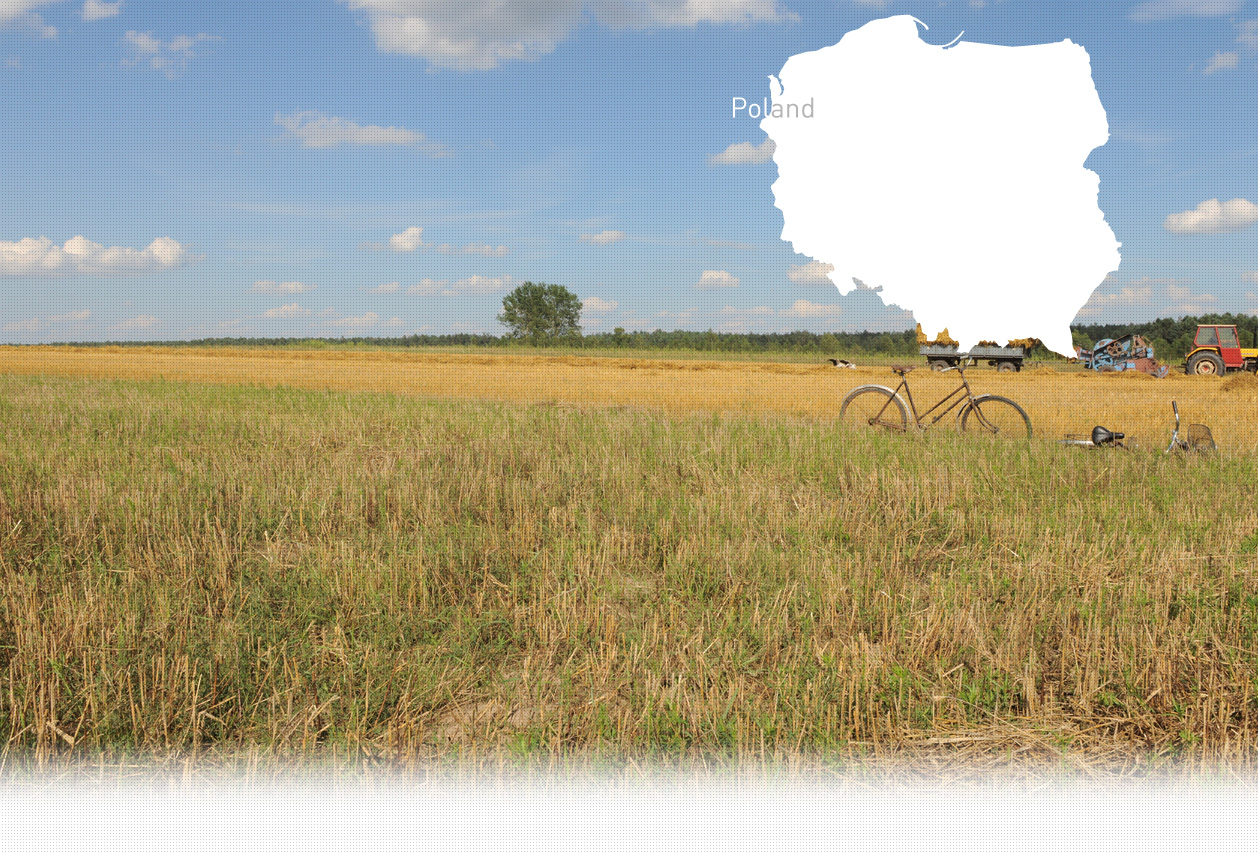

1 Killing site(s)
Zofia K., born in 1929, recalls: “There were a lot of Jews living in Szczebrzeszyn. We rented one of our houses to a Jewish woman and her two daughters, Malka and Haja. All three were very talented dressmakers. One day, the Germans started to gather together all the Jews. They went from house to house, trying to find the Jews. They entered our house, asking if we were Jews. They saw the image of a Virgin Mary on the wall and they went to the next house, where these three Jewish women lived. I saw them entering their house. Next, I heard horrible screams and shots. I knew that they were being killed. Their dead bodies were found in the closet. I think that they tried to hide in there when they saw Germans coming. They were shot with a submachine gun. Many people were killed that day; it was a real slaughter." (Eyewitness N°441, interviewed in Szczebrzeszyn, on March 31, 2015)
Court inquiries about executions and mass graves
1. Date and place of execution: September 1942
2. Type of execution (shooting, hanging or other): shooting;
3. Personal data on the executed victims:
Polish, Jews, other nationalities: Jews Number of executed victims: about 4.000 Jews
Origin of the victims: local population from Szczebrzeszyn
4. Were the bodies burned or destroyed in any way? They were buried in three big mass graves in the Jewish cemetery in Szczebrzeszyn. (GK 163/19, p. 1331)
Szczebrzeszyn is a city in southeastern Poland, in the Lublin Voivodeship. It’s located about 20 km west of Zamosc and 85 km from Lublin. In 1939, 3.200 of 7.496 inhabitants of Szczebrzeszyn were Jewish. Jews in Szczebrzeszyn were mainly traders and artisans: bakers, tailors, carpenters. They owned many workshops, two mills, as well as a photography studio and a Jewish library. There were also many doctors, rabbis and scientists living in Szczebrzeszyn. The witness, Zofia K., remembers a Jew called Zelmer, who owned a bakery. His tarts and gingerbread were famous throughout the whole town. She also remembers her neighbors—three very talented Jewish dressmakers, a mother and her two daughters, Malka and Haja. She also had very fond memories of her Jewish friends from school: Iza Bronstein, a dentist’s daughter and Menia Berger, whose father owned the biggest shoe store in town.
In the interwar period, there was one synagogue, three houses of prayer and two cheders in Szczebrzeszyn but many Jewish children also went to public Polish schools. In August 1939, there were about 3,200 Jews living in Szczebrzeszyn.
The German forces occupied Szczebrzeszyn for the first time between September 13-26, 1939. Immediately upon their arrival, they robbed Jewish shops and made the Jews burn all the Torah books from the synagogue. Then, they relinquished the city to the Soviets and they reoccupied it in October 1939. Right away, they started to persecute the Jews. On November 15, 1939, they set the synagogue on fire and they destroyed many Jewish houses. In April 1940, the Jewish Council, “Judenrat”, was created. Its main role was to raise contributions and send people to forced labor. In 1940, a ghetto was established in Szczebrzeszyn, in the Zatyły quarter. In September 1940, there were more than 2.800 Jews from Szczebrzeszyn, Wloclawek, Bilgoraj, Janow, Lodz, Gostynin and many other towns and villages living in that ghetto. There were also Jews from Romania, Czechoslovakia and Hungary. Beginning in October 1940, several hundred Jews from the ghetto were forced to work at the airfield construction in Klemensow. Many individual shootings of Jews took place during the existence of the ghetto, for any possible reason: not wearing an armband, smuggling food and much more. Hundreds of Jews were sent to the Belzec death camp. On October 21, 1942, the ghetto was liquidated by the SS, Gendarmes, Ukrainian soldiers and Polish police. About 500 Jews were killed during the Aktion. The majority of the Jews from the Szczebrzeszyn ghetto were sent to the Belzec death camp. The fugitives from the deportation (more than 1000 people) were caught and executed in the local Jewish cemetery. The victims’ bodies were buried in three large mass graves.
Do you have additional information regarding a village that you would like to share with Yahad ?
Please contact us at contact@yahadinunum.org
or by calling Yahad – In Unum at +33 (0) 1 53 20 13 17